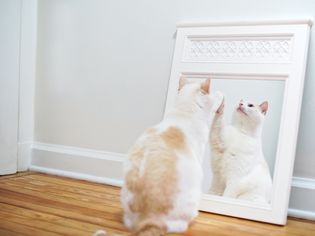
How to Train Your Cat to Accept Mirror Reflections
Cats know they're beautiful but their reaction to a cat reflection in the mirror varies w...
Cat's are notoriously difficult to get pills into. Just ask your vet! If your sick cat coughs or vomits after taking a pill, there is good reason to stop trying to administer the pill using the method you are using. The most common method of administering medications that can cause problems is dry pilling. If you've ever tried to swallow a dry aspirin without liquid, you'll recognize how uncomfortable the experience can be.
Dry pilling without a water 'chaser' can lead to pills getting stuck in your cat's esophagus, which is the tube leading from the mouth to the stomach. If you are going to dry pill, you want to use a 'liquid' chaser as discussed below. The reason is that it is possible for both tablets and capsules to get 'stuck.' Even though we think of a capsule having a, smooth, gelatinous surface they also can lodge easily in the esophagus if using dry pilling. If a person repeatedly dry pills, it is possible that multiple capsules or tablets can lodge in a cat's throat.
One method veterinarians advocate for to prevent issues with dry pilling, is following the dry pilling with 6mls of water via a needle-free syringe or dropper. It may seem impossible to force a cat to drink, but it is possible to help it along. Follow pilling with a liquid by using a syringe. Use a pet syringe from your vet's office and fill it with either plain water or low-sodium broth. The water chaser should be given right after the dry pilling.
Approach your cat with the syringe from the back or side for easier administering of liquids, rather than forcing the syringe into the front of its mouth, advises veterinarian Dr. Lisa Pierson on CatInfo.org. Keep the cat's head level, rather than tipped back, to facilitate swallowing. When administering a liquid chaser following dry pilling, be careful not to administer the liquid too quickly and allow your cat time to swallow.
Fortunately, there are more tricks you can use to prevent problems when administering oral medications to your cat. You may be able to handle medicating your cat using food and treats.
If all else fails, ask your veterinarian for help in giving your cat its medicine in a different form. Though the cost may be a bit more, the result may be more palatable medicine for your cat.
At least one of these solutions should relieve both you and your cat of the anxiety and discomfort found in dry pilling. It will help ensure the medication reaches the intestinal tract to be absorbed rather than becoming stuck in your cat's throat.

Cats know they're beautiful but their reaction to a cat reflection in the mirror varies w...
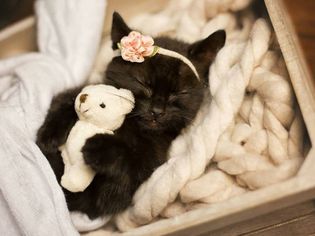
If you’re like most pet parents, your cat has probably become a member of your family. ...
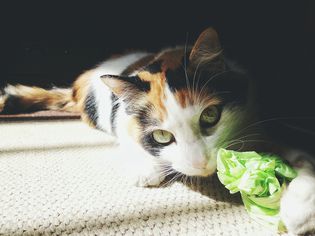
Some cats are a lot like puppies and enjoy chewing on objects. Plastic items are some of ...
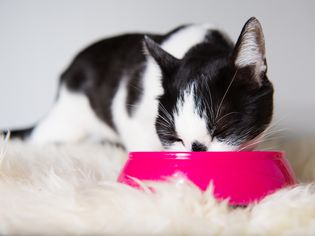
Buying food and water bowls for your cat isn't a simple matter of picking the cutest ...
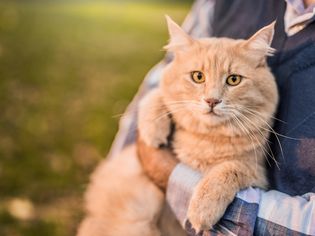
Can cats get dementia? Yes, cats may experience a decline in cognitive abilities as a res...
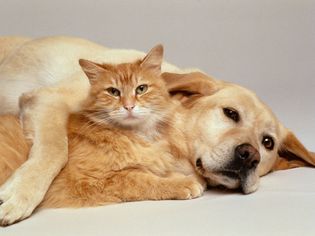
Can you use dog flea control on a cat? The short answer is no. It is not recommended to u...
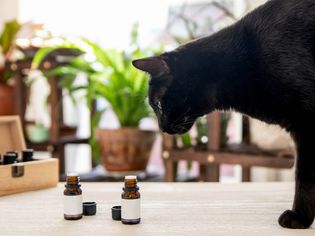
Essential oils, aromatherapy, and potpourri in your home may be pleasant f...
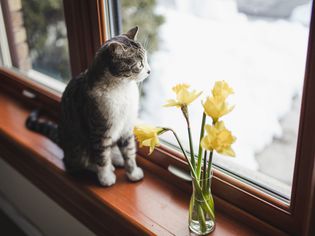
Spring flowers are always a welcome sight after a long, dark winter. Not all spring flowe...

Cats love to play with small items that they can bat around with their paws, and yarn is ...
Comments on "How to Safely Give Your Cat a Pill" :